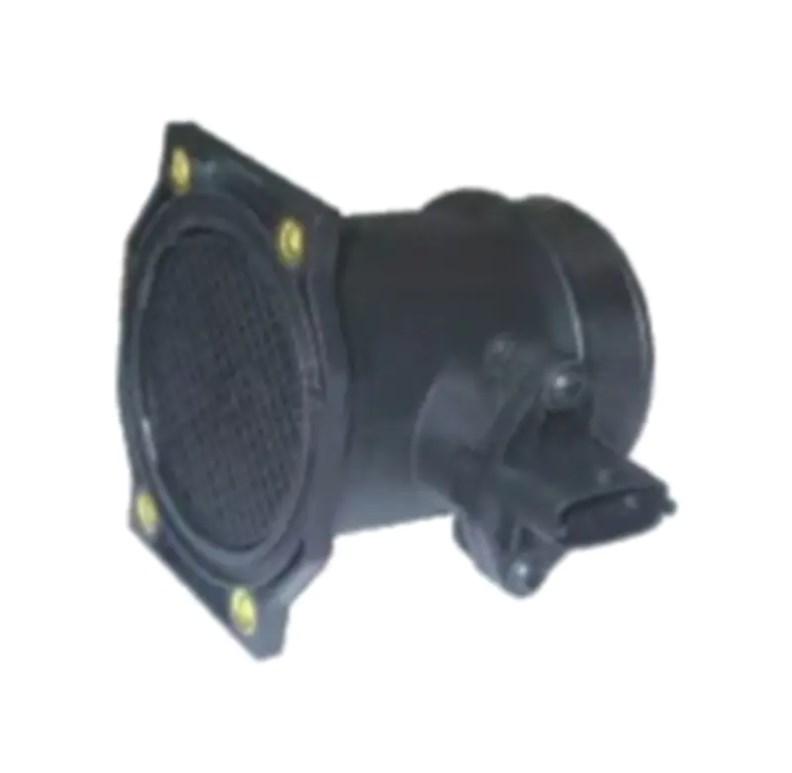A Mass Air Flow Meter (MAF) is a crucial component in an engine's operation, responsible for measuring the amount of air entering the engine. This measurement is vital for the engine control unit (ECU) to adjust the air-fuel mixture accurately, ensuring optimal combustion and performance.
Unlike other types of air flow sensors used in automotive systems, such as Manifold Absolute Pressure (MAP) sensors or Vane Air Flow meters, a Mass Air Flow Meter directly measures the mass of air flowing into the engine, rather than relying on inferred values. This direct measurement provides more precise data to the ECU, allowing for more accurate fuel delivery and combustion control.
However, despite their importance, Mass Air Flow Meters are prone to several common issues or failures that can affect engine performance. One frequent problem is contamination or buildup of debris on the sensor element, which can lead to inaccurate readings. Additionally, the sensor's wiring or connector may become damaged or corroded over time, resulting in signal loss or erratic readings.
Diagnosing issues with Mass Air Flow Meters typically involves using diagnostic tools to check for error codes stored in the ECU and performing visual inspections of the sensor and its connections. Cleaning the sensor element with specialized MAF cleaner can sometimes resolve contamination issues, while repairing or replacing damaged wiring or connectors may be necessary for electrical problems.
In conclusion, the Mass Air Flow Meter plays a vital role in an engine's operation by accurately measuring the amount of air entering the engine. Its direct measurement method distinguishes it from other types of air flow sensors, providing more precise data for optimal combustion control. However, common issues such as contamination and electrical faults can affect its performance, requiring diagnosis and resolution to maintain engine efficiency and performance.



